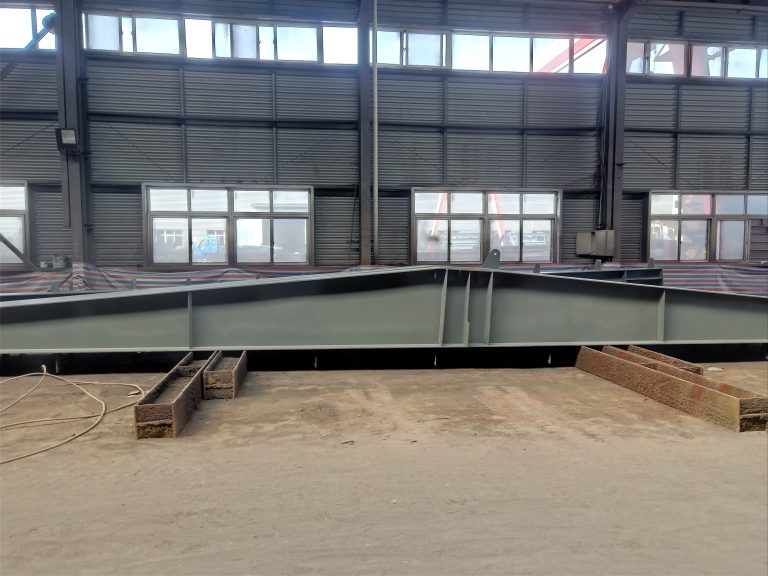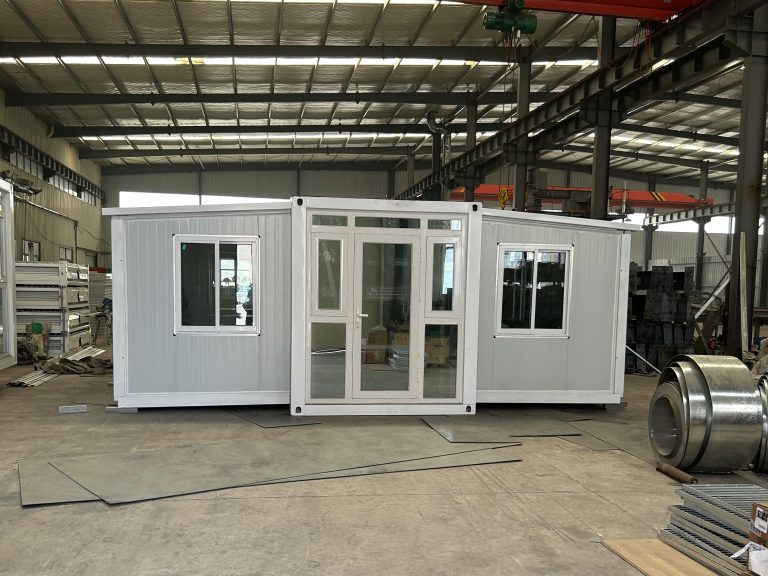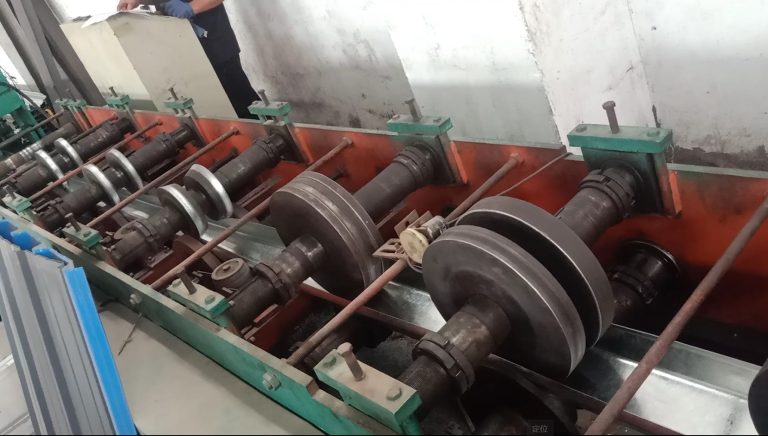Table of Contents
Advantages of Steel Structures in Industrial Plants
Steel structures have long been a cornerstone of efficient production in industrial plants. The use of steel in construction offers a wide range of advantages that make it the material of choice for many industrial applications. From its strength and durability to its versatility and cost-effectiveness, steel structures provide a solid foundation for the success of industrial operations.
One of the key advantages of steel structures in industrial plants is their strength. Steel is known for its high tensile strength, which allows it to withstand heavy loads and harsh environmental conditions. This strength is essential in industrial settings where equipment and machinery are constantly in use, and where safety is a top priority. Steel structures provide a reliable and secure framework for industrial operations, ensuring that production can continue without interruption.
In addition to its strength, steel is also highly durable. Steel structures are resistant to corrosion, fire, and pests, making them a long-lasting and low-maintenance option for industrial plants. This durability ensures that industrial operations can run smoothly and efficiently, without the need for frequent repairs or replacements. Steel structures are built to last, providing a solid investment for industrial plant owners.
Another advantage of steel structures in industrial plants is their versatility. Steel can be easily customized to meet the specific needs of any industrial operation, whether it be a large manufacturing facility or a small warehouse. Steel structures can be designed to accommodate a wide range of equipment and machinery, as well as to provide ample space for storage and production. This versatility allows industrial plant owners to maximize their space and optimize their operations for maximum efficiency.
Cost-effectiveness is also a major advantage of steel structures in industrial plants. While the initial cost of steel construction may be higher than other materials, the long-term savings are significant. Steel structures require minimal maintenance and have a long lifespan, reducing the need for costly repairs and replacements. Additionally, steel is a sustainable and recyclable material, making it an environmentally friendly choice for industrial plant owners.
Overall, steel structures are an essential component of efficient production in industrial plants. Their strength, durability, versatility, and cost-effectiveness make them the ideal choice for a wide range of industrial applications. By investing in steel structures, industrial plant owners can ensure the success and longevity of their operations, while also contributing to a more sustainable future. Steel structures are truly the cornerstone of efficient production in industrial plants.
Key Considerations for Designing Steel Structures for Industrial Plants
Steel structures are a fundamental component of industrial plants, serving as the backbone of efficient production processes. When designing a steel structure for an industrial plant, there are several key considerations that must be taken into account to ensure the safety, functionality, and longevity of the facility.

One of the most important factors to consider when designing a steel structure for an industrial plant is the load-bearing capacity of the structure. Industrial plants often house heavy machinery and equipment, which can exert significant loads on the structure. It is essential to design the steel structure to withstand these loads and ensure that it remains stable and secure under all conditions.
In addition to load-bearing capacity, the design of a steel structure for an industrial plant must also take into account factors such as seismic activity, wind loads, and temperature fluctuations. Industrial plants are often located in areas prone to earthquakes or high winds, so it is crucial to design the structure to withstand these natural forces. Additionally, temperature fluctuations can cause expansion and contraction of the steel, which must be accounted for in the design to prevent structural damage.
Another key consideration when designing a steel structure for an industrial plant is the layout and spacing of the facility. The layout of the plant will determine the size and shape of the steel structure, as well as the placement of equipment and machinery. It is essential to design the structure in a way that allows for efficient workflow and easy access to all areas of the plant.
Furthermore, the spacing of the steel structure must be carefully planned to ensure that there is enough room for equipment, machinery, and personnel to move freely throughout the facility. Adequate spacing will also allow for proper ventilation and lighting, which are essential for a safe and productive working environment.
When designing a steel structure for an industrial plant, it is also important to consider the materials used in construction. Steel is a popular choice for industrial structures due to its strength, durability, and versatility. However, there are different types of steel available, each with its own unique properties and characteristics. It is essential to select the right type of steel for the specific needs of the industrial plant to ensure optimal performance and longevity.
Additionally, the design of a steel structure for an industrial plant must also take into account factors such as fire resistance, corrosion protection, and maintenance requirements. Industrial plants are often at risk of fire due to the presence of flammable materials and equipment. It is crucial to design the structure with fire-resistant materials and coatings to minimize the risk of fire damage.
Corrosion protection is another important consideration when designing a steel structure for an industrial plant. Industrial plants are often exposed to harsh chemicals and environmental conditions that can cause corrosion and deterioration of the steel. It is essential to use corrosion-resistant materials and coatings to protect the structure and ensure its longevity.
Finally, maintenance requirements must be taken into account when designing a steel structure for an industrial plant. Regular maintenance is essential to ensure the structural integrity and safety of the facility. The design of the structure should allow for easy access to all areas for inspection, repair, and maintenance.
In conclusion, designing a steel structure for an industrial plant is a complex process that requires careful consideration of various factors. By taking into account load-bearing capacity, natural forces, layout and spacing, materials, fire resistance, corrosion protection, and maintenance requirements, engineers can create a steel structure that is safe, functional, and efficient. A well-designed steel structure is the cornerstone of efficient production in an industrial plant, providing a solid foundation for success.






